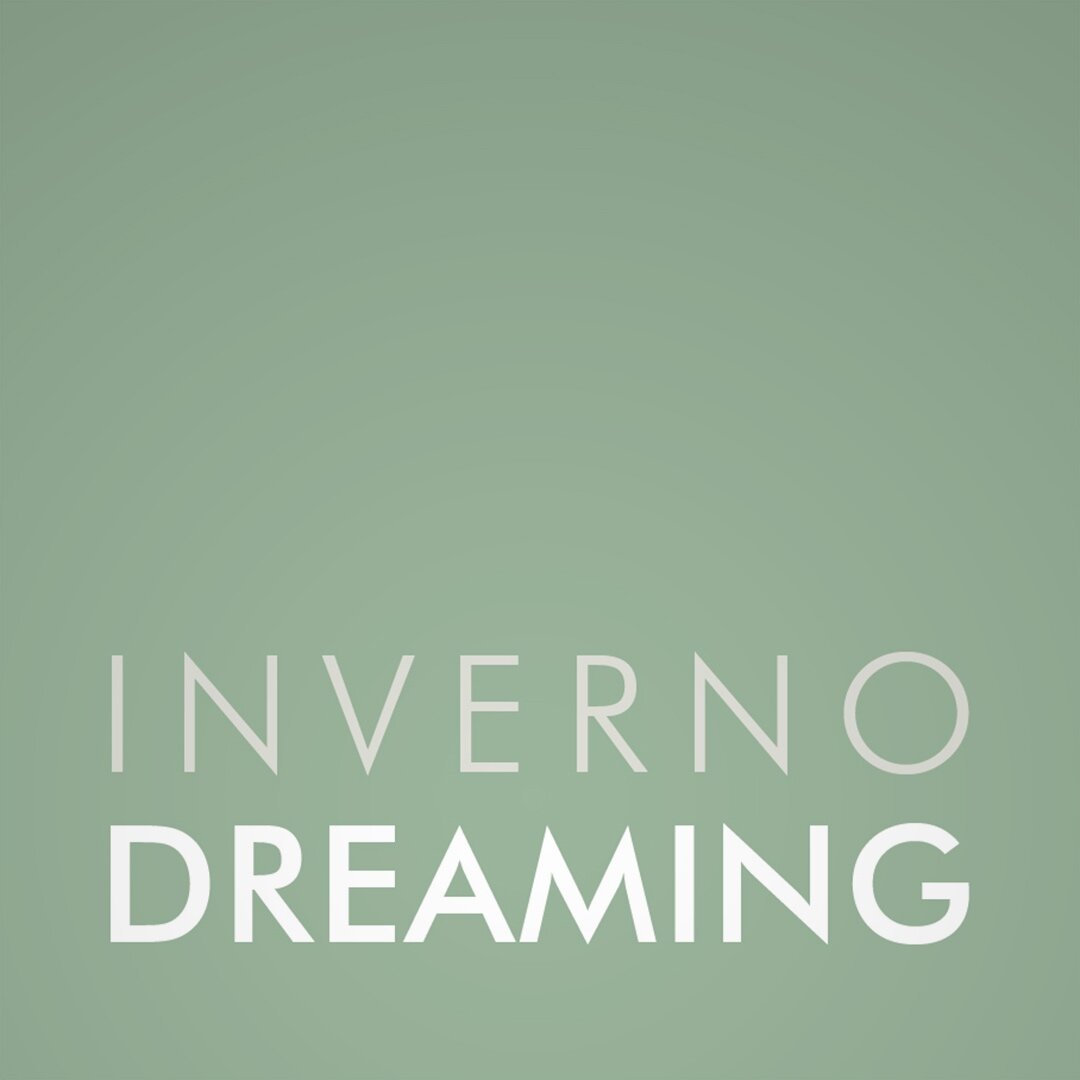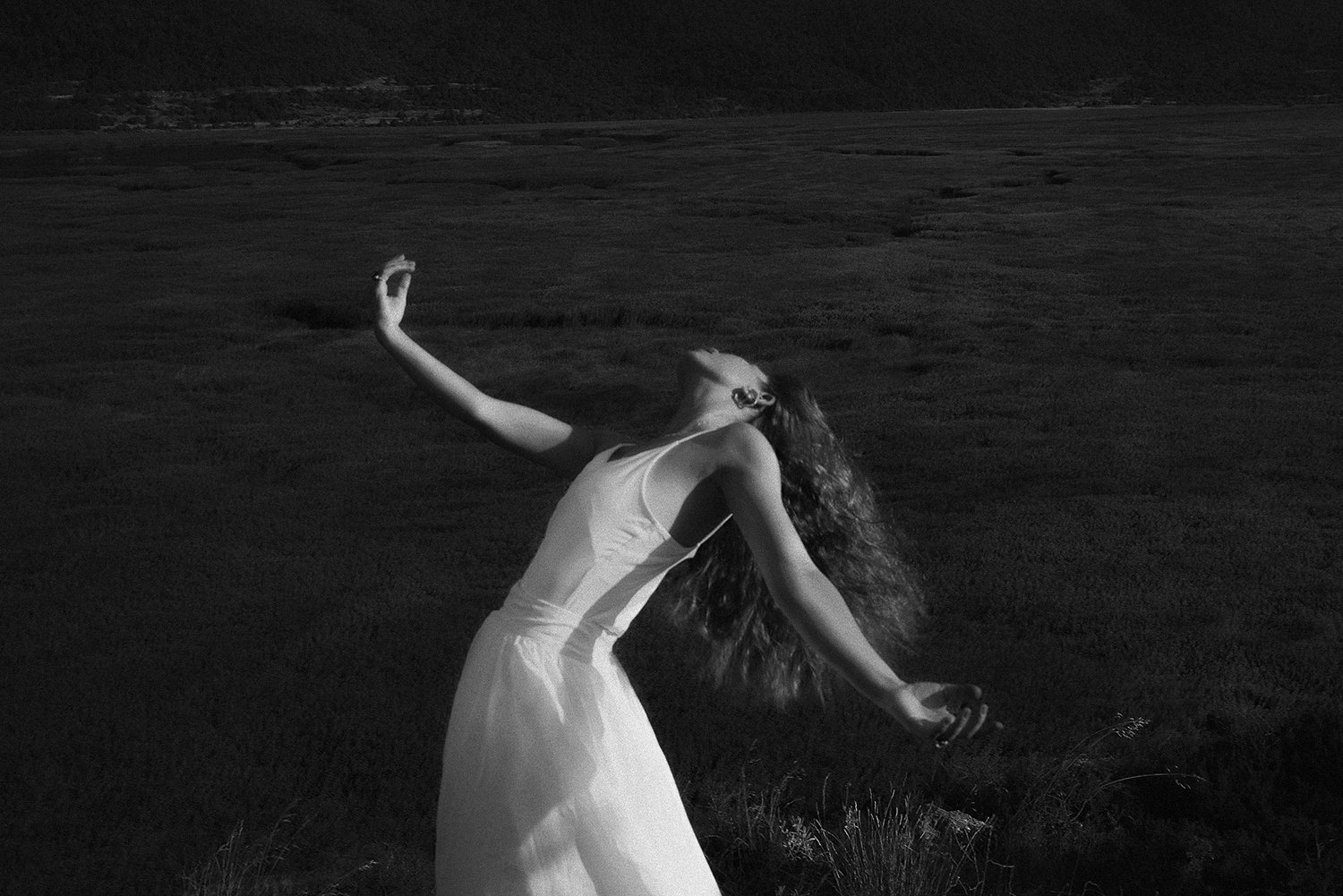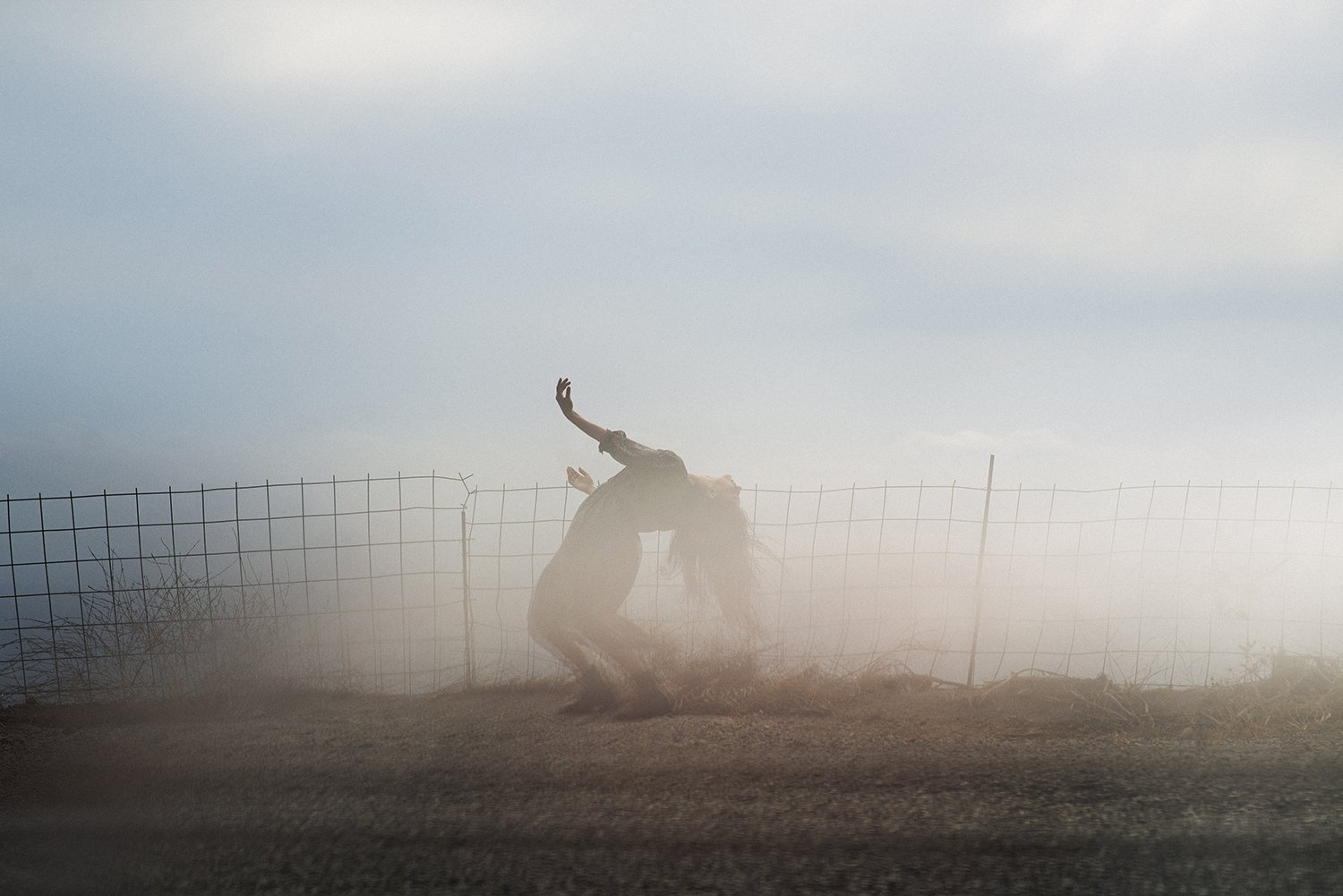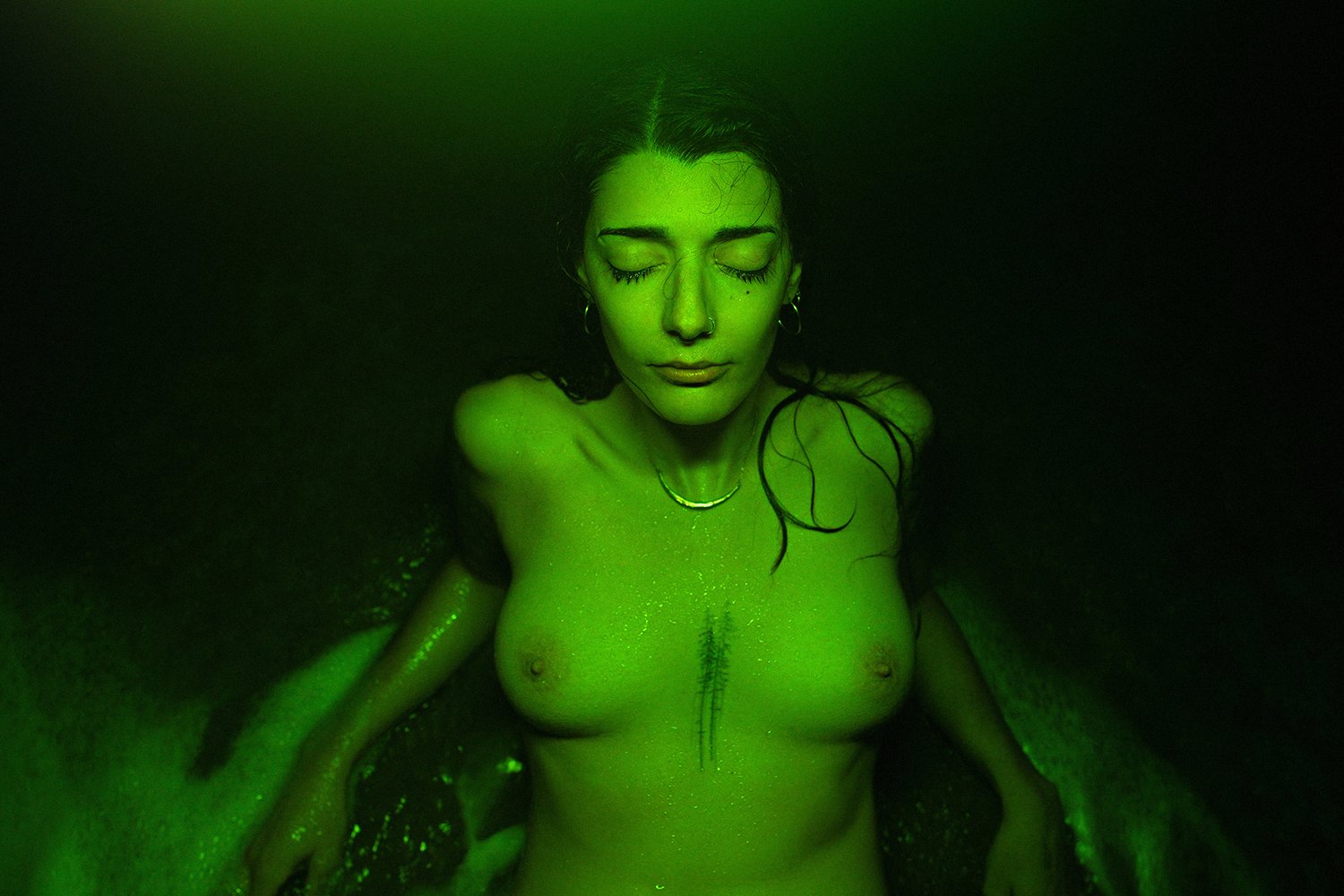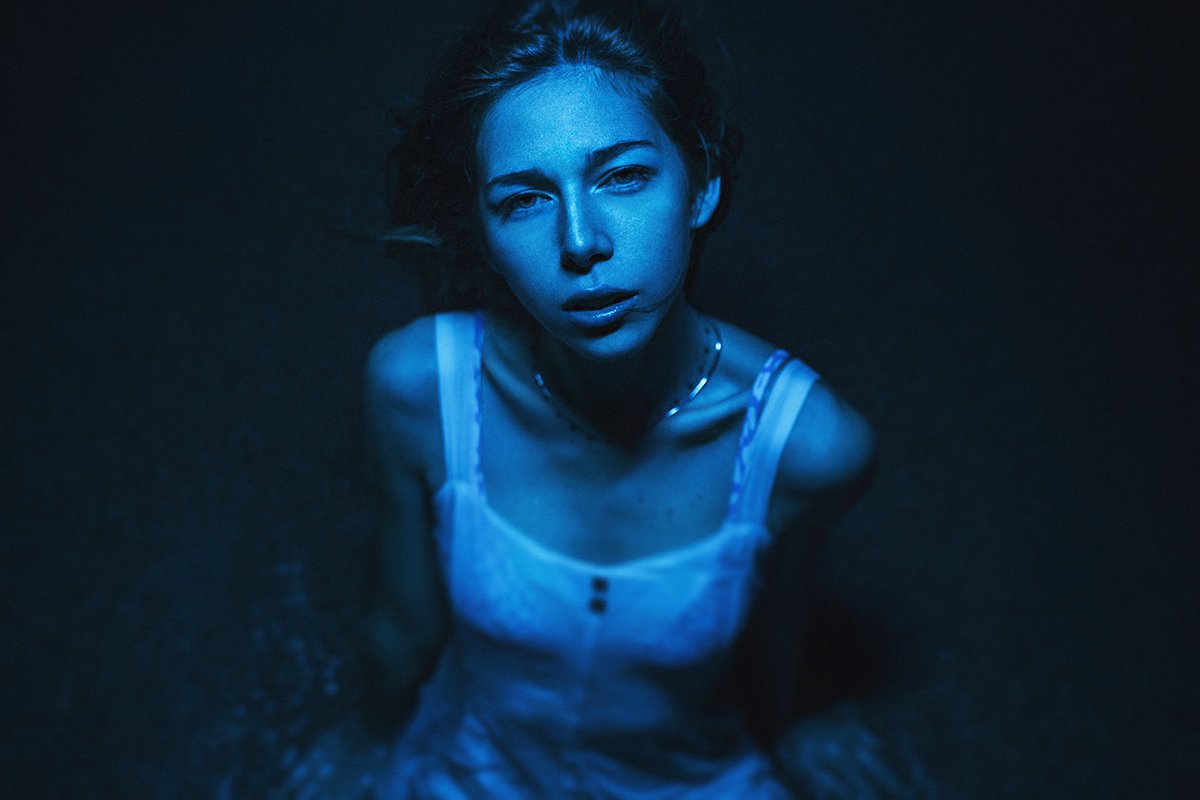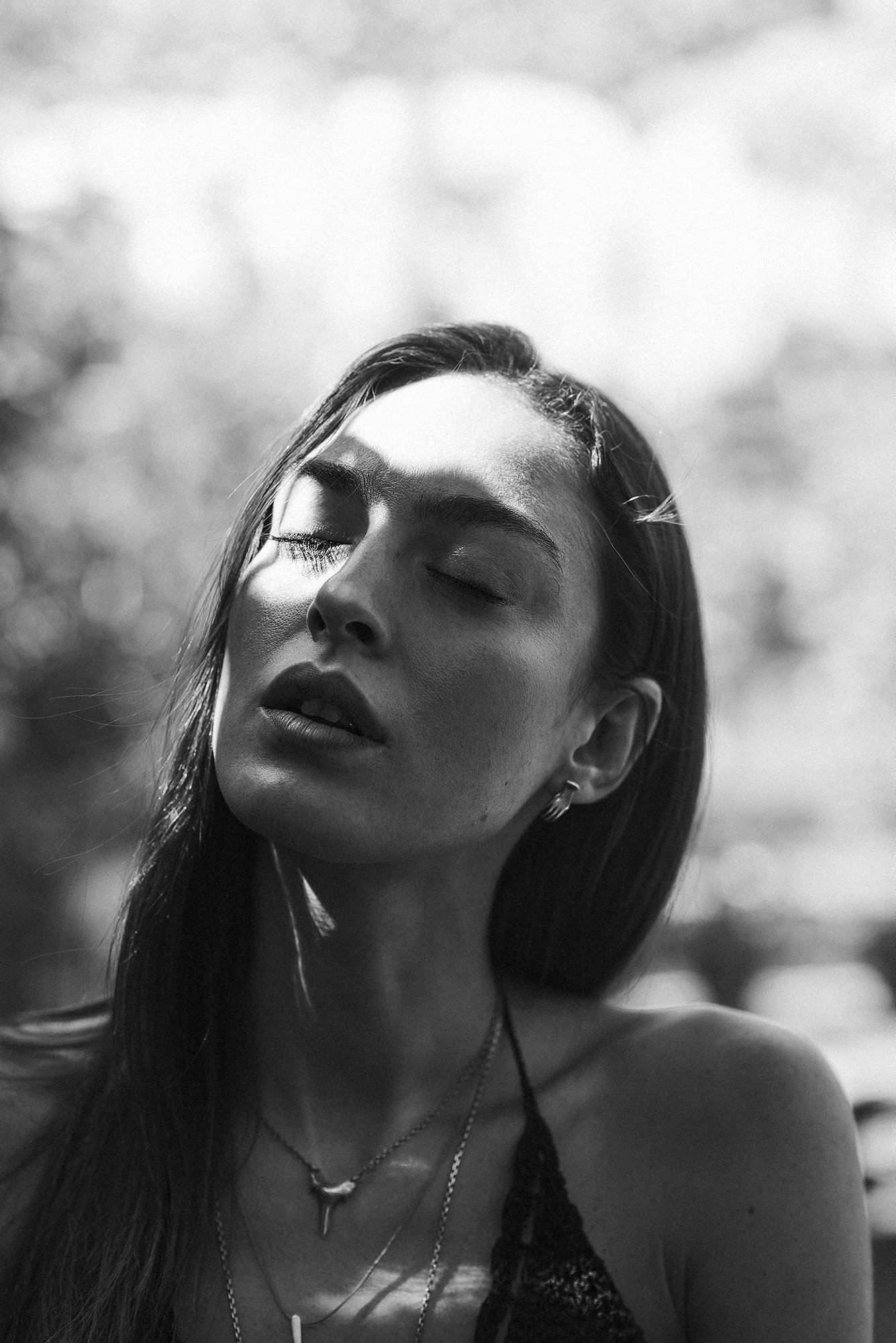AN INTERVIEW WITH GEORGE Kamelakis
Shifting beautifully between refined portraiture and fragments of landscapes, Greek photographer George Kamelakis translates a deeper sense of emotion through his camera. Going beyond the conventional to explore connections and detail, he uses light, shadow and colour to portray people and places, often merging them to unique effect.
• Hi George, tell me a bit about you?
Hi Tom, thank you for your interest in my work and for featuring me on your website. I was born in Boston, USA and currently live in Heraklion, the capital of Crete. Artistic from an early age, I was first involved in painting, a love that lasted until 2006, when I bought my first digital camera. Since then I have only been involved in photography.
• How did you discover your love of photography?
When I got my first camera in 2006, I started taking some photography classes to learn the basics. As a beginner, my interest started to slowly grow and after I decided to drop out of university I joined the army since military service in Greece is compulsory. After a couple of months, I bought a cheap point and shoot camera. Since I was going to be there for a year, I could try to do something creative, so my time wont be a total waste. I had already decided I wanted photography to become more than a hobby, so when I was finally done with the army, I started to look more into it. I didn’t have any formal training and most things I've learnt over the years are on my own and by working with other photographers.
• For me, your portraiture is often etherial and delicate, quite different from when I first saw your work ten years ago on Flickr with its more direct-intimate style, close cropped with captivating gazes from the sitter. How would you say that your portraits have evolved over time?
Well, I've experimented a lot over the years and can finally say, that I know what I want exactly when I photograph someone. The earlier work you are talking about was mostly about learning light and how to form a connection with the subject. It doesn't matter what camera or lights you have, if you don’t have the ability to get what you want from the people you are photographing.
• What does portraiture mean to you, and what do you enjoy about photographing people?
I was interested in portraiture since I was a beginner. Sure, it's one of the more difficult types of photography but also one of the more rewarding. I started taking portraits of family and friends to slowly get better at forming a connection with each subject and to build a portfolio. After some years, that led to me going to places I otherwise wouldn't have access to and photographing a lot of interesting people. Sure, I'm proud when everything clicks and something special happens, but even more important are the memories and stories behind each portrait.
• Darkness and subtlety appear to play an important part in your portrait work. Shadow, light and hair almost part-shroud your subjects, can you tell me about this theme in your portraiture?
Sure, that's mostly evident in my personal work. I like my photos to have a sense of mystery. An example is the personal project titled “belle” which consists of faceless portraits. Initially, the faces of the models were completely obscured but in some later portraits I decided to allow some features to be visible. Generally, in my portrait work, the details are laid out in plain sight, but it is only after examining each piece that you are able to see the bigger picture.
• I love the sense of movement in your portraits, is this something you especially seek to do and how does it relate creatively to a more classic still fixed pose for you?
It all depends on the mood and what I want to convey. In the series mentioned previously, the models are completely still. The only movement in each photo is from the hair. I think it makes each photo more mysterious and otherworldly. Other times, I might want some more unconventional poses from a model especially if they have a background in dance for example.
• A unique feature of your portraits is water. Underwater, on still lakes or in the surfs edge these photos beautifully bring together what I assume is your other photographic passion, nature. Can you tell me a bit about how and why you combine portraiture with nature and landscapes?
I always wanted to photograph underwater and in 2016, I finally had the opportunity, when a photographer friend was visiting Crete, since at the time I didn’t have the equipment for that kind of shoot. With the help of the other photographer, as she was experienced in underwater photography, I managed to create something I was proud of. I loved the experience, so I decided to buy my own underwater case. After numerous shoots, unfortunately the case leaked and my camera was damaged beyond repair. I was hesitant to shoot underwater again but at the same time wanted to continue to take portraits in the water. Only difference is, only the model is submerged and I now use continuous light and gels.
• When I look at your landscapes, again I feel a sense of uniqueness, a sense of ‘Kamelakis’ rather than the whole you appear to focus on segments that you indulge in pensive detail, light and colour. Can you tell me more about your photographic connection with the natural world around you?
In recent years, there has been a shift in the mood of my images. Due to some personal issues,I began to explore the extraordinary landscape of Crete, as a way to escape daily life. I enjoyed traveling and nature but was never into landscape photography. I would always have a model with me, so being alone was something strange in the beginning. Countless walks later in nature has led to the creation of one of my more personal projects, titled “Somewhere“. The series consists of mostly color photos, in square format and is ongoing.
• Can you elaborate more on what attracts you to a scene or landscape and how you interact with a location?
The landscape of Crete provides the backdrop to the visual journey in the series “Somewhere“. The island, which is the largest in Greece, is full of unique landscapes: emerald beaches, sand dunes, rocky summits, deep gorges, dry lands, scenic ponds, vineyards and olive groves. I'm always on the lookout for the unusual and mysterious. You never know where an ordinary walk may lead to. Even if you visit the same location numerous times you'll always find something beautiful if you care to look.
• What role does post-processing play in your photography?
Post-processing is an important part of my work. Since I only shoot digital, I use Lightroom for basic adjustments and then Photoshop to fine tune each image. It has taken a lot of trial and error and experimentation to finally be happy with my editing process. One of the more difficult aspects in editing is to know when to stop and not overdo it. Being a perfectionist, I always have in mind how each image will look printed large. Unfortunately, when you view an image online, you cant see all the details.
• With some of your work particularly in portraiture you use black & white, can you share your approach to working with black & white and what aspects appeal to you most about it?
Even though most of my portrait and landscape work is in color, lately I've shot a lot in black & white too. I am quite knowledgeable in color theory but there are times when I want to keep things simple. Maybe I want to focus more on the character of the person I am photographing, or just going for a more moody look , so the use of black & white is preferred.
• Finally, what influences your photography and which photographers have inspired you?
Everything can be an influence: a place, a person, a feeling. Of course, films, music and artworks in general, are always an inspiration. In the end, the thing that matters, is that you stay true to your vision. Some photographers I consider an inspiration are Nadav Kander, Albert Watson, Todd Hido, Chris Floyd, Peter Lindbergh, Annie Leibovitz, Patric Shaw, Niall McDiarmid, Mario Sorrenti, Massimo Leardini, Tania Franco Klein, Angelika Kollin, R Michael Walker, Rankin,Dan Winters, Platon, Peter Hapak and many more.
If you want to see more of George’s work you can follow him on Instagram at george.kamelakis
© All Rights Reserved | George Kamelakis 2023
